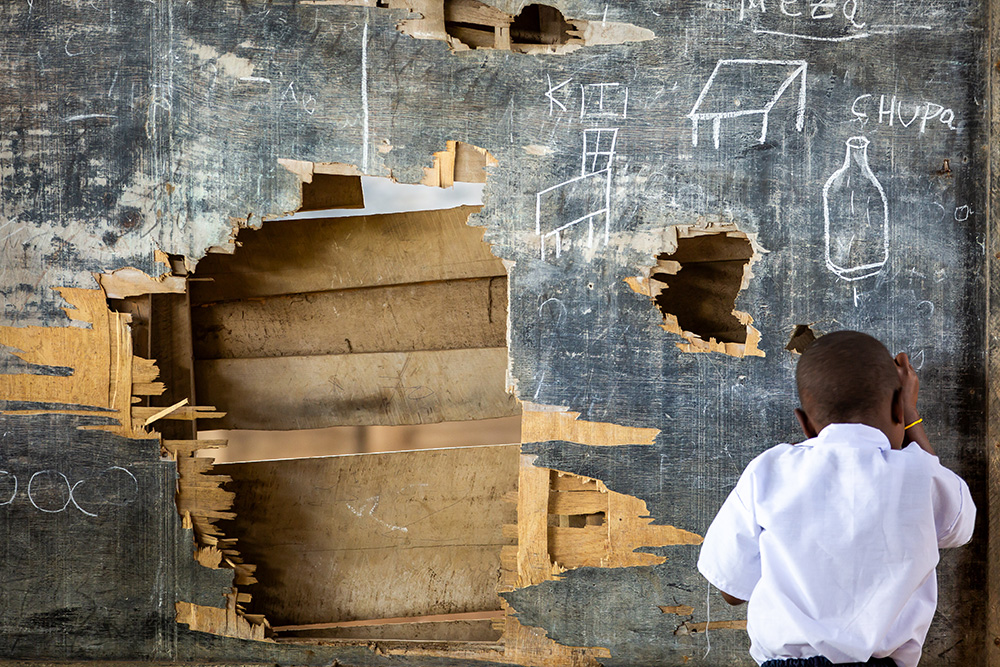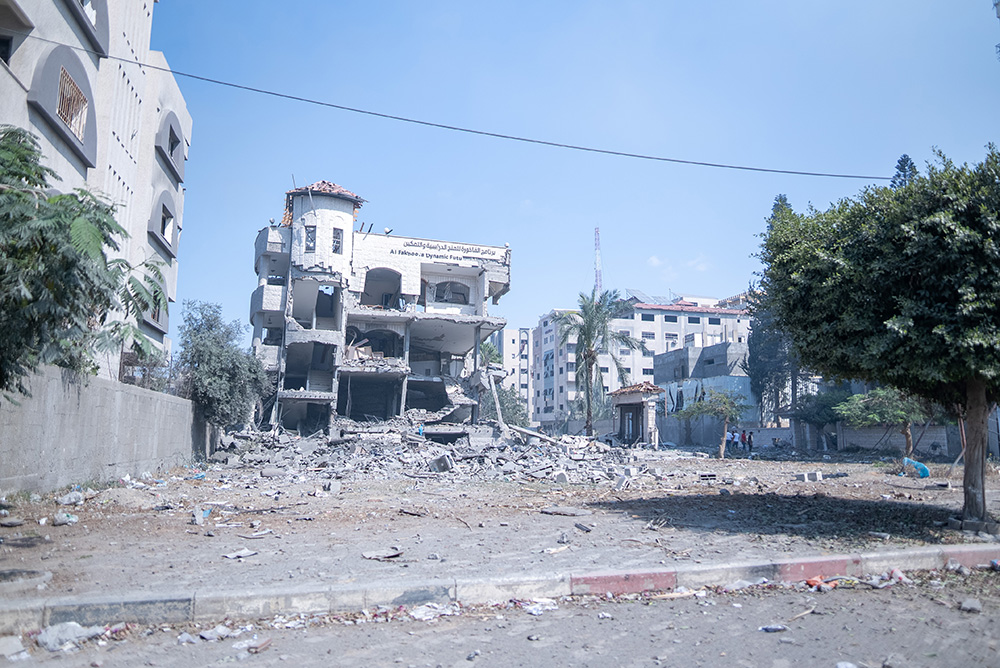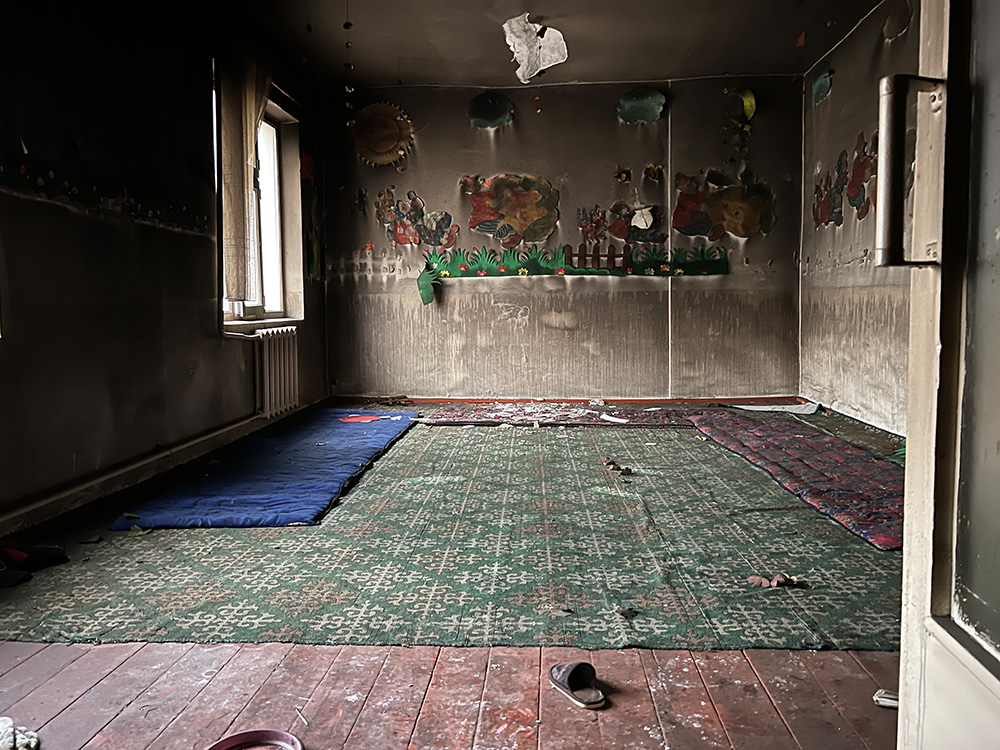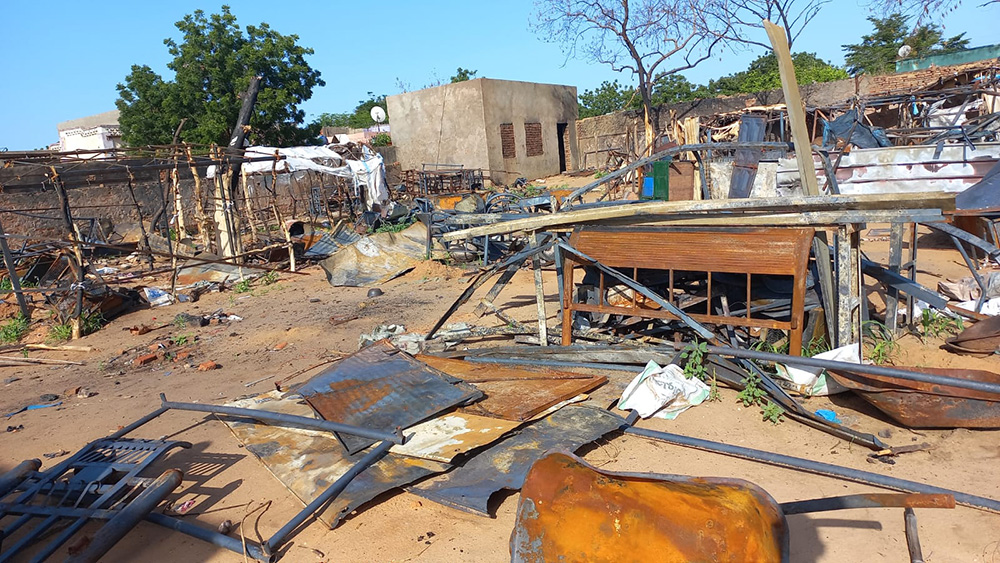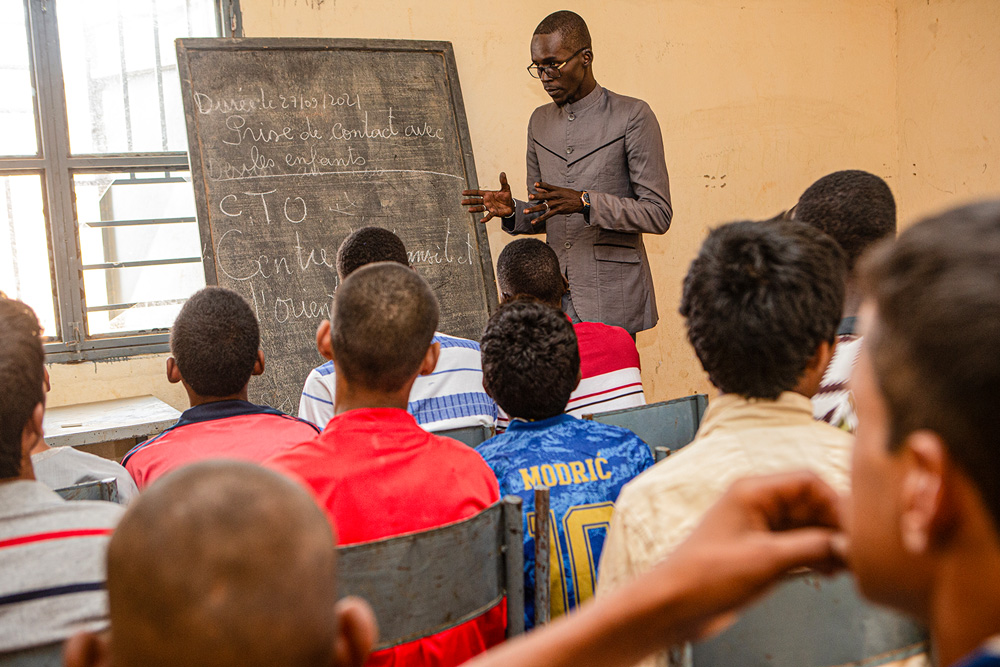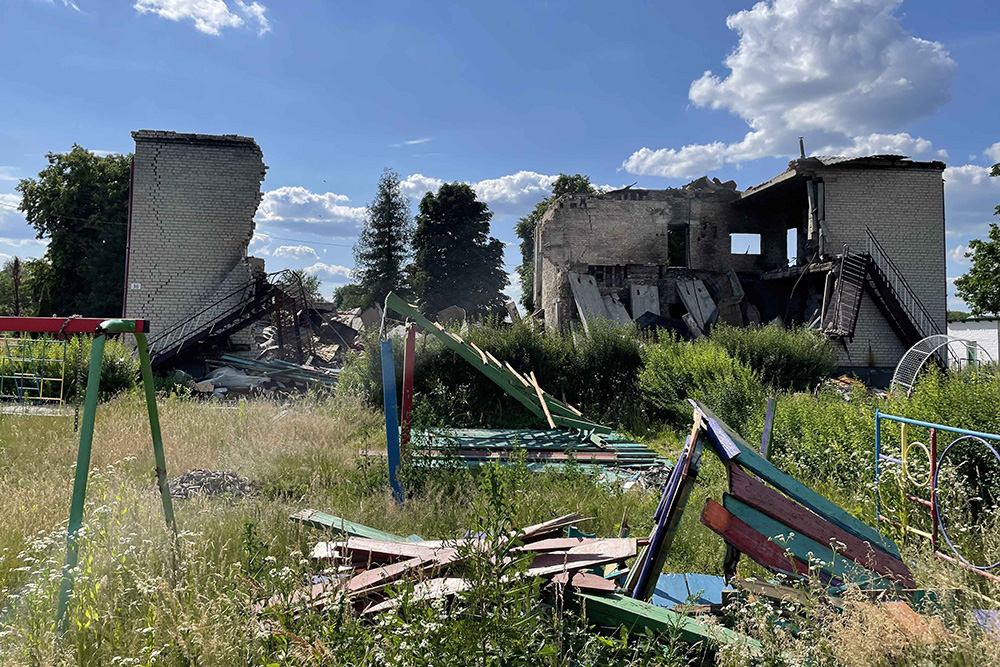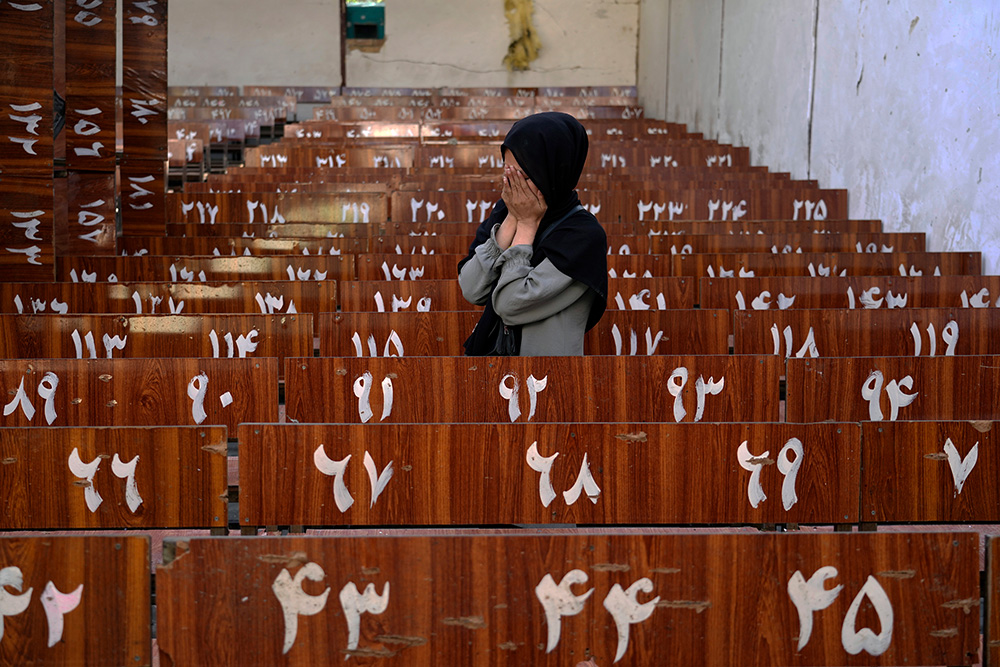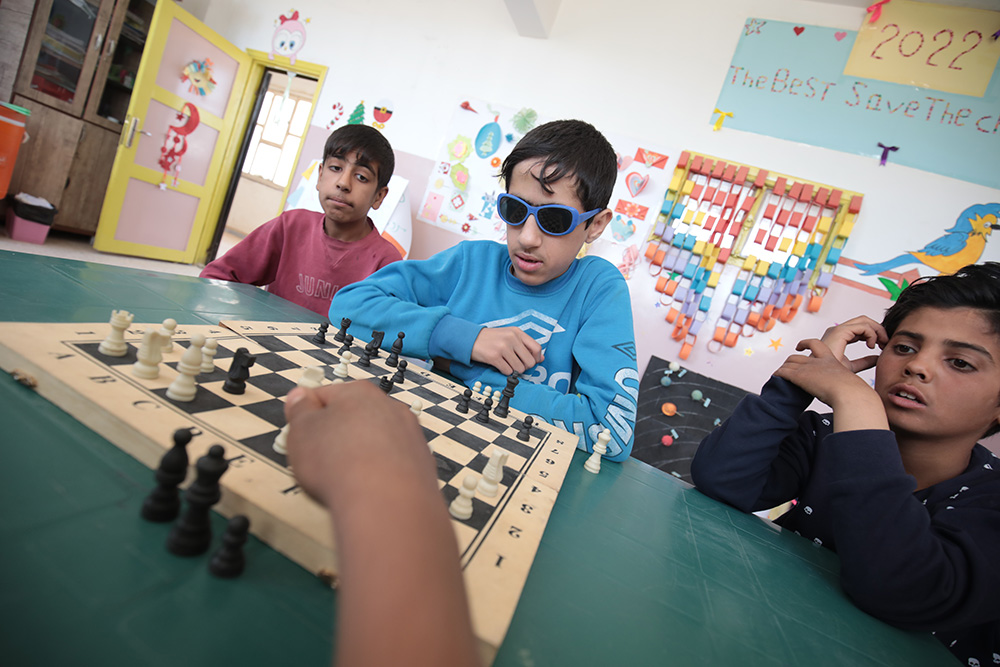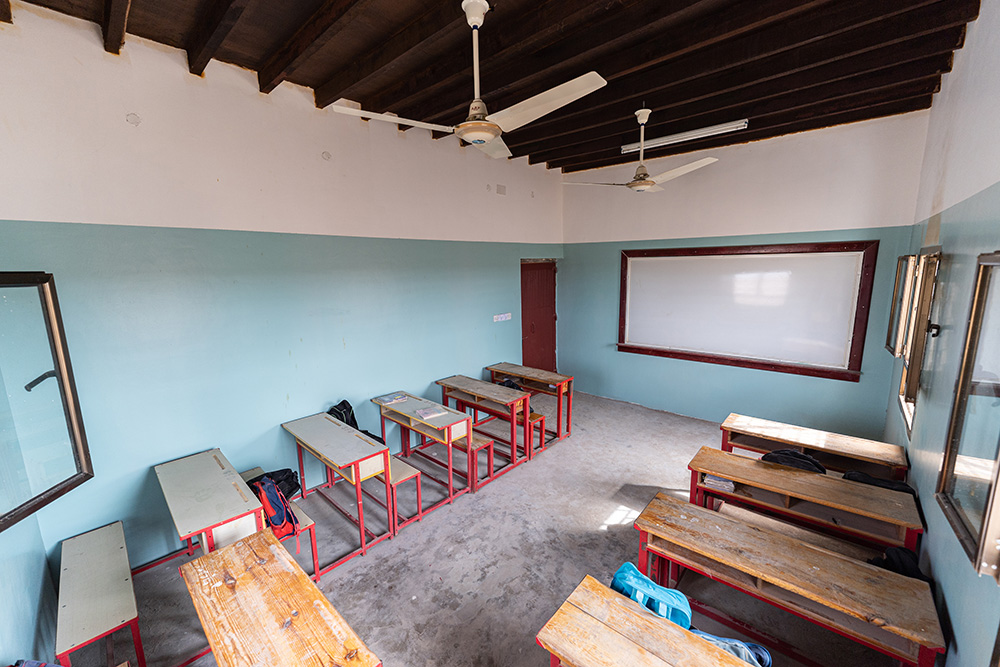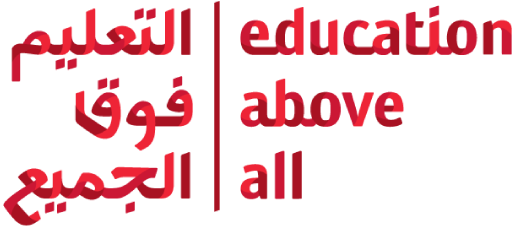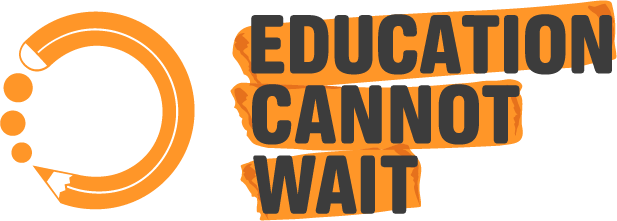This study is published by the Global Coalition to Protect Education from Attack (GCPEA), which was formed in 2010 by organizations working in the fields of education in emergencies and conflict-affected contexts, higher education, protection, and international human rights and humanitarian law that were concerned about ongoing attacks on educational institutions, their students, and staff in countries affected by conflict and insecurity. GCPEA is a project of the Tides Center, a non-profit 501(c)(3) organization.
Education under Attack 2024 is the result of independent research conducted by GCPEA. It is independent of the individual member organizations of the Steering Committee of GCPEA and does not necessarily reflect the views of the Steering Committee member organizations.
Contributors:
This study was authored by Jerome Marston and Felicity Pearce, GCPEA Senior Researcher and Research Consultant. Marika Tsolakis, Jacob Alabab-Moser, Renna Bazlen, and Alisen Stasiowski contributed research and writing. Alexander Kochenburger, Lilian Cervantes Pacheco, Fatimah Jalilah Abdullahi, Manali Joshi, Roza Kavak, and Ulysses Tully Carr assisted with research.
Generous support for Education under Attack 2024 has been provided by the Education Above All Foundation, Education Cannot Wait, and the Norwegian Ministry of Foreign Affairs.
All videos © UNICEF 2022 and 2023
Site design and development by Primer&Co.
